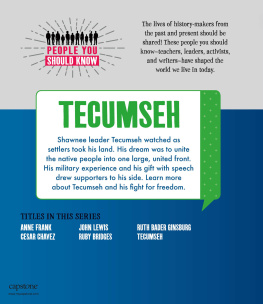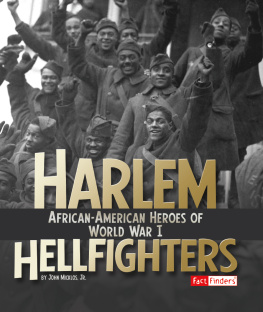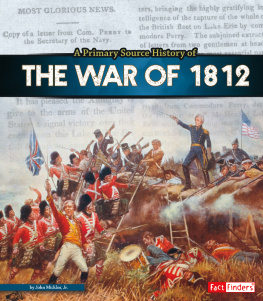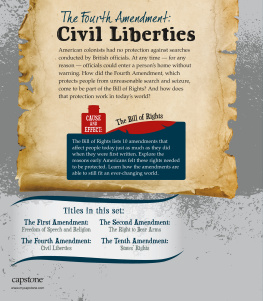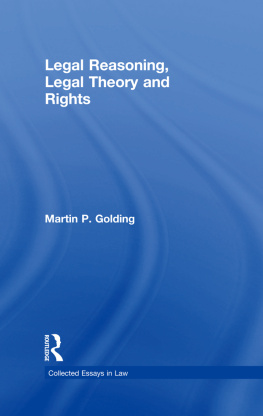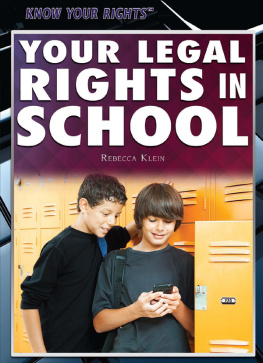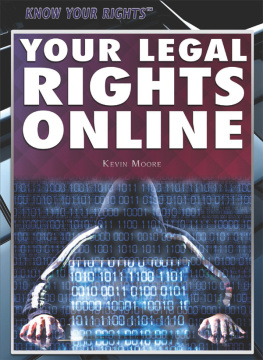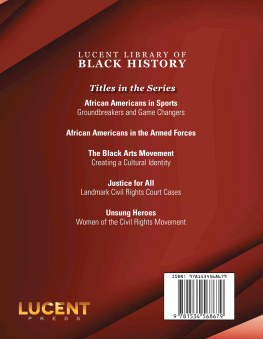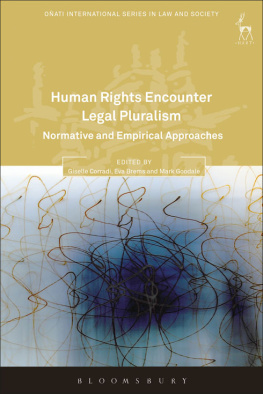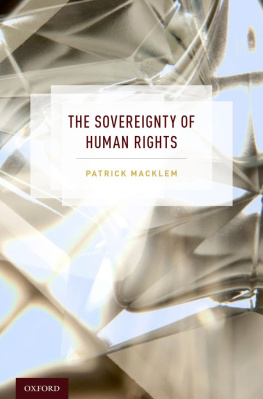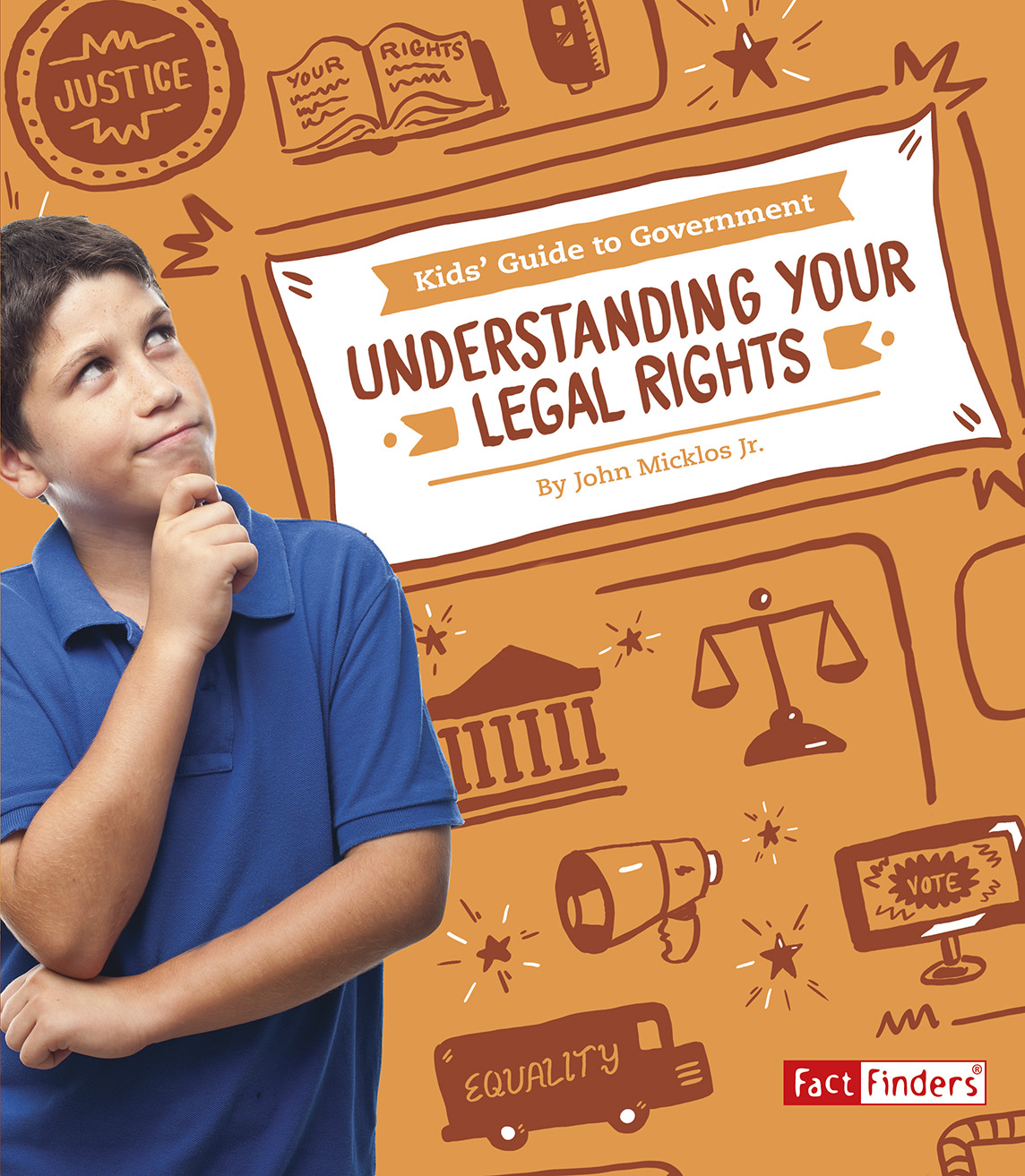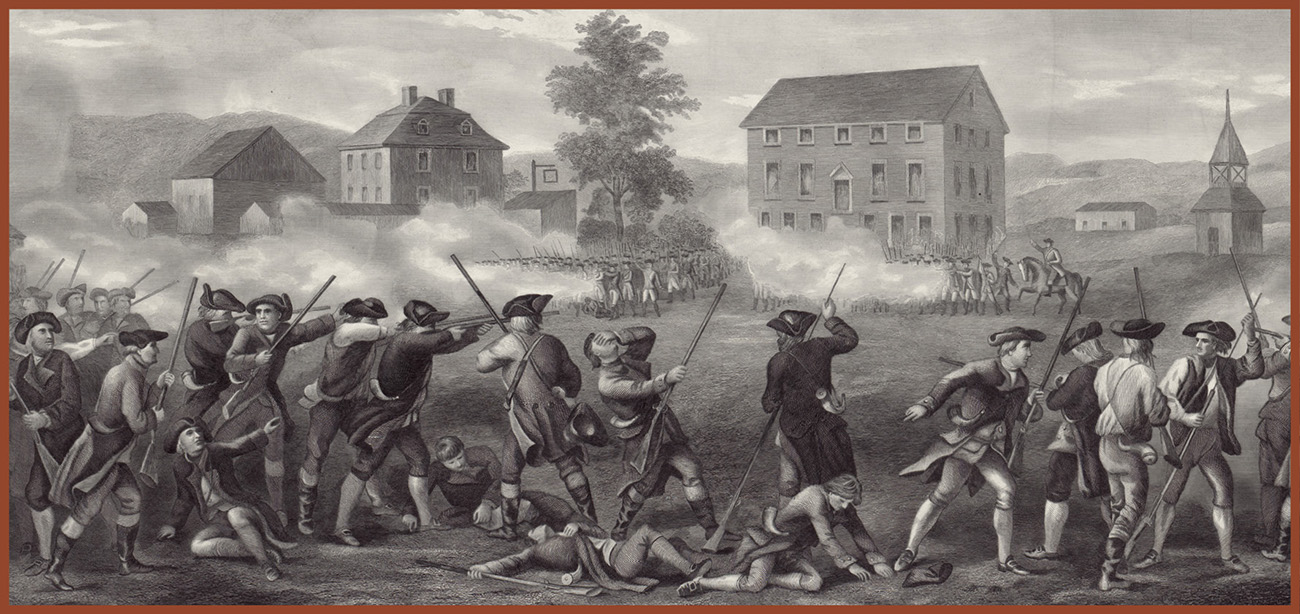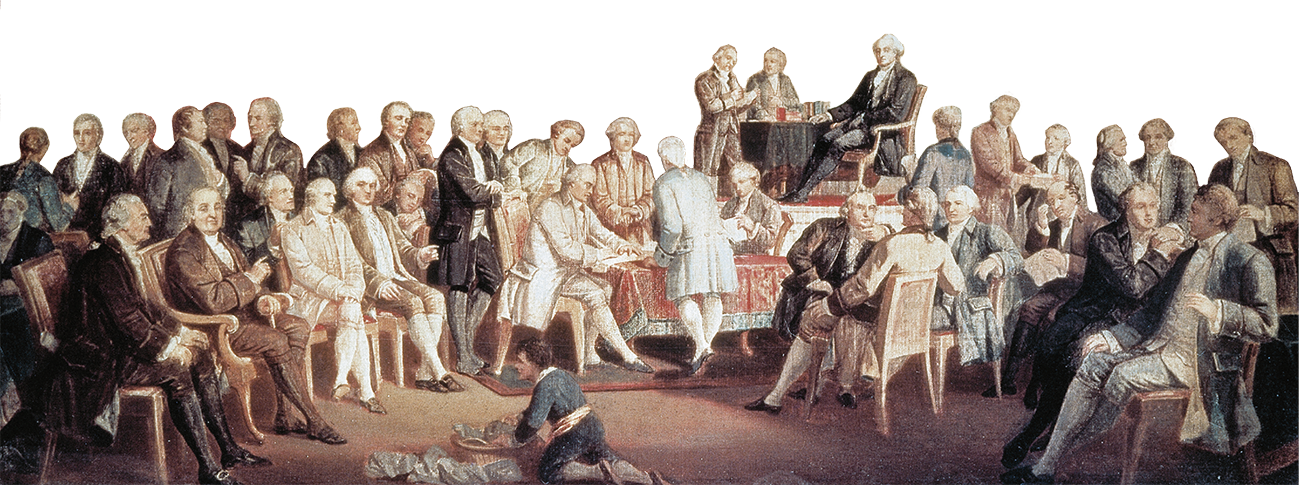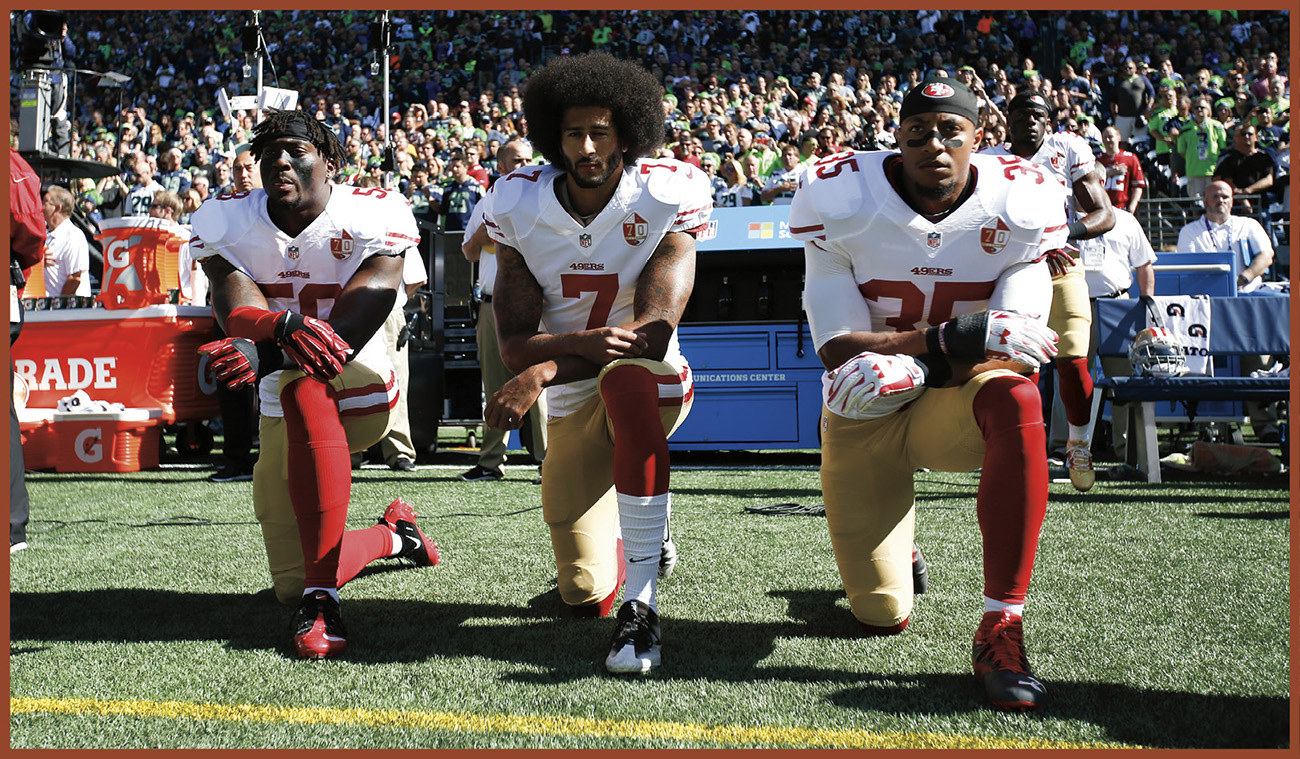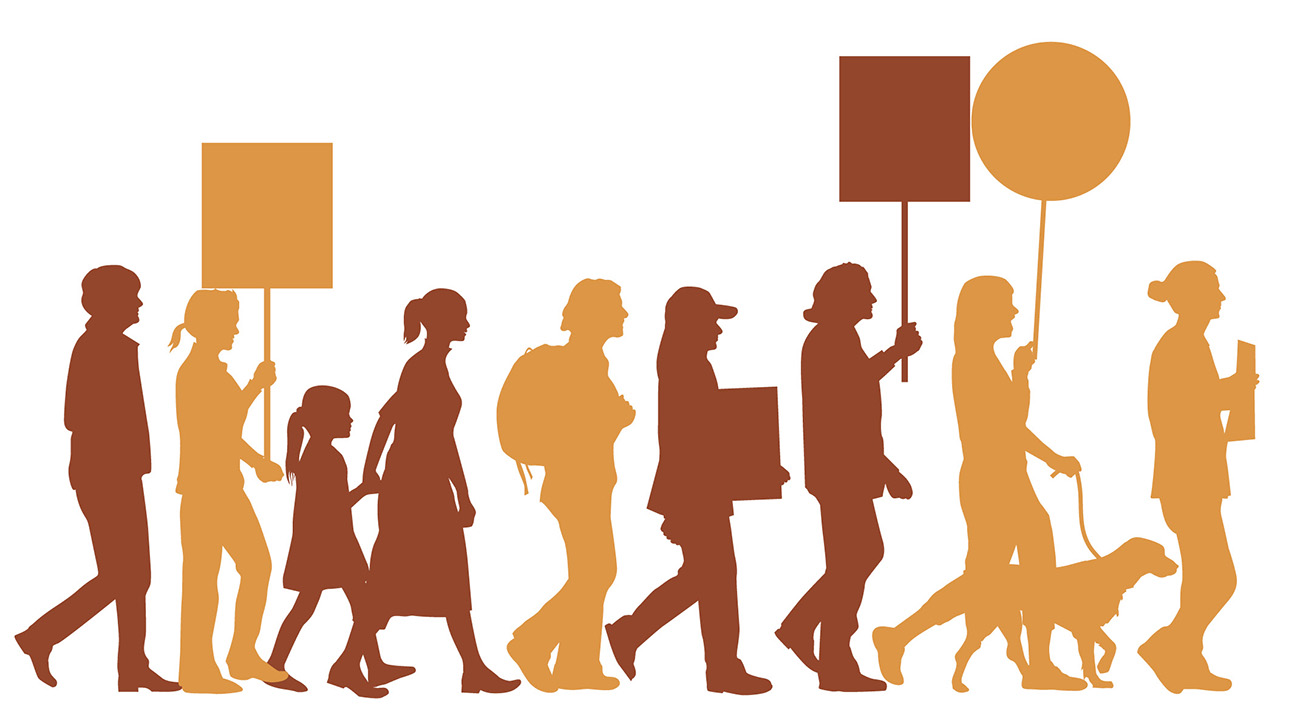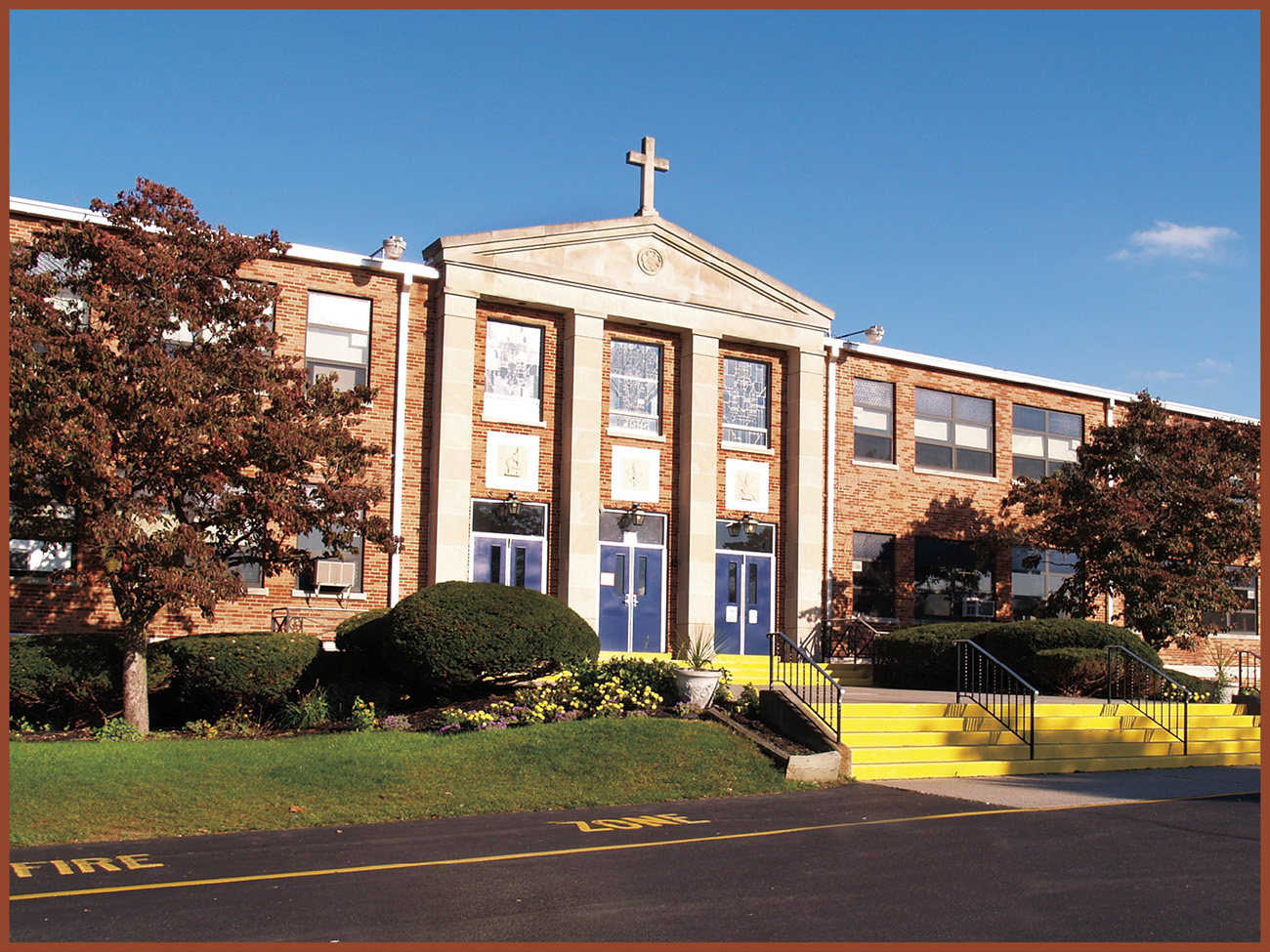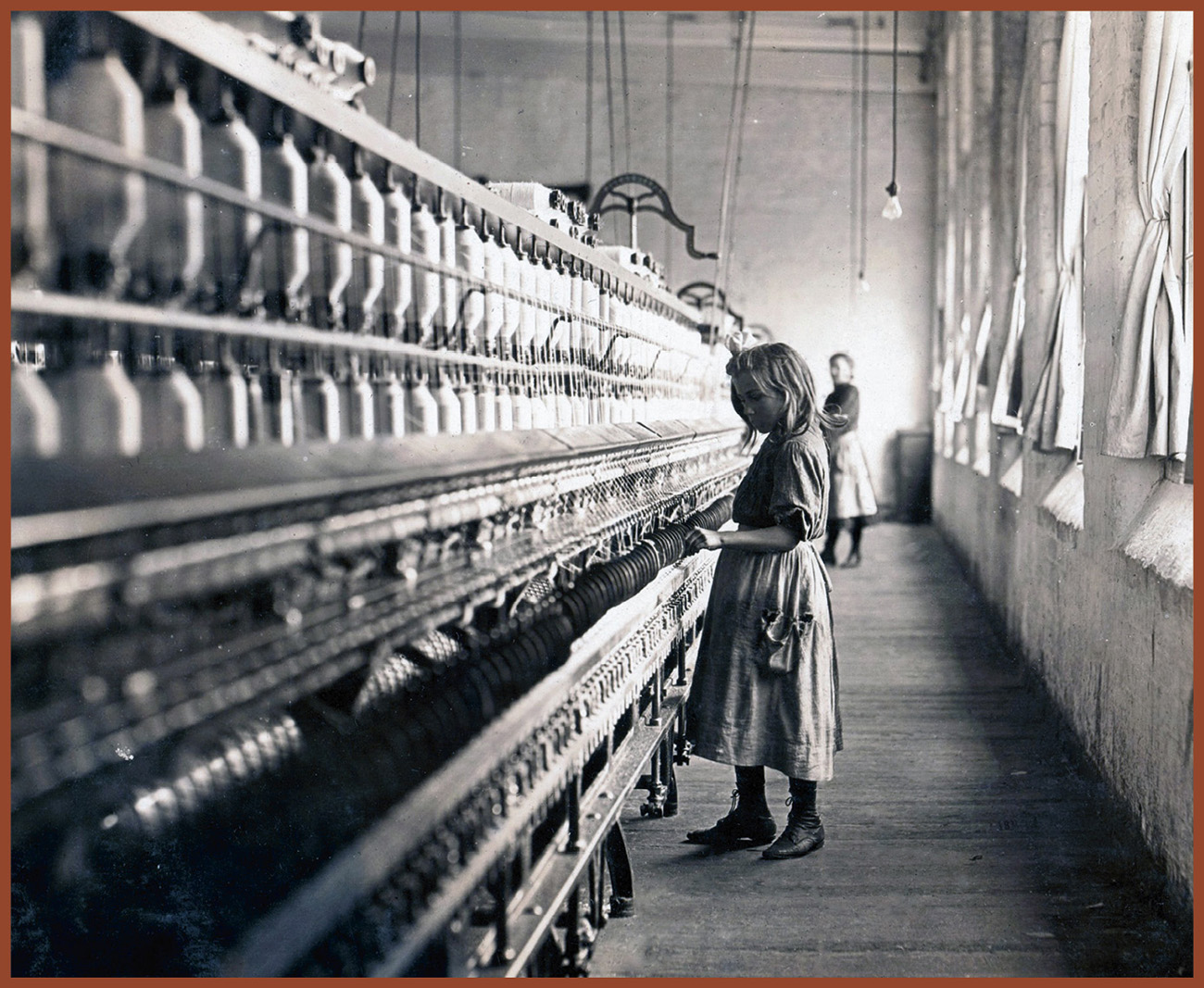Everybody in the United States has legal rights even children. We receive our legal rights from the U.S. Constitution and laws passed by the federal and state government.
We havent always had the rights we have today. In the mid-1700s, . The British made the laws.
The colonists had to pay increasingly high taxes to Revolutionary War and Americas fight for its independence.
The Revolutionary War
In April 1775 fighting broke out between British troops and American colonists in Lexington and Concord, Massachusetts. This marked the first shots of the Revolutionary War. The war between the colonists and Great Britain raged for years. In 1783 Great Britain agreed to recognize America as an independent nation. The two sides signed the Treaty of Paris, ending the war.
an engraving of the Battle of Lexington
The U.S. Constitution. The document established the nations government and created laws that guaranteed basic rights to its citizens.
On September 17, 1787, 38 delegates signed the U.S. Constitution.
The first 10 and became part of the Constitution in 1791. Over time other amendments have been added. There are now 27 amendments to the Constitution. Lets learn about some of the legal rights given to us from the U.S. Constitution, as well as the federal government.
FACT
The 27th amendment was proposed in 1789. It stated that members of Congress could not raise or lower their salaries in the middle of their terms. The amendment was finally ratified in 1992 almost 200 years later!
Chapter 2
The First Amendment
The First Amendment gives people several rights under the freedom of religion, and freedom of the press. In the United States, people can question or even criticize the government and its leaders.
Free speech allows people to express themselves through words or actions, but it does have limits. It is illegal to use speech to cause violence. Free speech must not place others in danger. For example, you cant legally yell fire in a crowded building if there isnt a fire. People could panic and get hurt.
Children and Free Speech
You have limited rights to free speech. You still have to follow the rules set by your parents and teachers. For example, you may want to write something in your school newspaper. But the teacher in charge of the paper gets to decide what is published.
Taking a Stand by Not Standing
The National Anthem is often played at the beginning of sporting events. Players as well as Colin Kaepernick chose not to stand when the anthem was played. He said he was protesting the unfair treatment of African-Americans in the U.S. Although his actions upset some people, his right to protest was protected against government penalties.
Eli Harold (left), Colin Kaepernick (center), and Eric Reid (right) kneeled during the National Anthem before a football game on September 25, 2016.
The Right to Peacefully Assemble
On January 21, 2017, people of all races and ages took part in the Womens March, which supported womens rights. Some carried signs. Others chanted as they walked. They marched in Washington, D.C., and many other cities around the U.S. and worldwide. Thousands of kids also took part. The Womens March drew nearly 5 million protesters throughout the nation and around the world.
FACT
In 2003 as many as 10 to 15 million people marched in cities across the world to protest the war in Iraq.
According to the Constitution, people are allowed to gather and march publicly to support or protest issues. Marches show the power of people working together for a cause. The voices of thousands or millions of people carry a lot of weight. These marches and protests are legal as long as they remain peaceful.
Sometimes kids march with their parents. In the 1960s many children took part in marches. These marches supported equal rights for African-Americans in the U.S. A few years later, some children took part in marches to end the Vietnam War.
Freedom of Religion
The First Amendment gives people the freedom to believe in any religion they wish. The government cannot tell us what we should or should not believe. The Constitution created a separation of church and state. This means the U.S. government cannot require or favor any one religion. Today public schools and government offices often avoid celebrating religious events so no one feels excluded.
Religion and Schools
Schools and school events cant sponsor prayers. However, religious student clubs may meet before and after school to pray. Because they are not run by the government, private and religious schools do not have the same rules about religion. They can celebrate religious practices however they wish.
Chapter 3
Your Rights at Home, School, and Work
Some days you may not feel like going to school. But going to school was not always an option for kids. Until the early 1900s, many children in the United States did not go to school. Often kids younger than 10 years old had to work full time. Child workers earned low wages. Some had to work in factories, fields, or mines. Many suffered serious injuries and some were killed because of dangerous working conditions.
In 1938 Congress passed the Fair Labor Standards Act. The act included a set of child labor laws. These laws limited the number of hours that children could work. It outlawed working conditions that were dangerous to children.
Today kids cant work in most jobs until they are 16 years old. From age 16 to the day they turn 18, they may work only limited hours.


